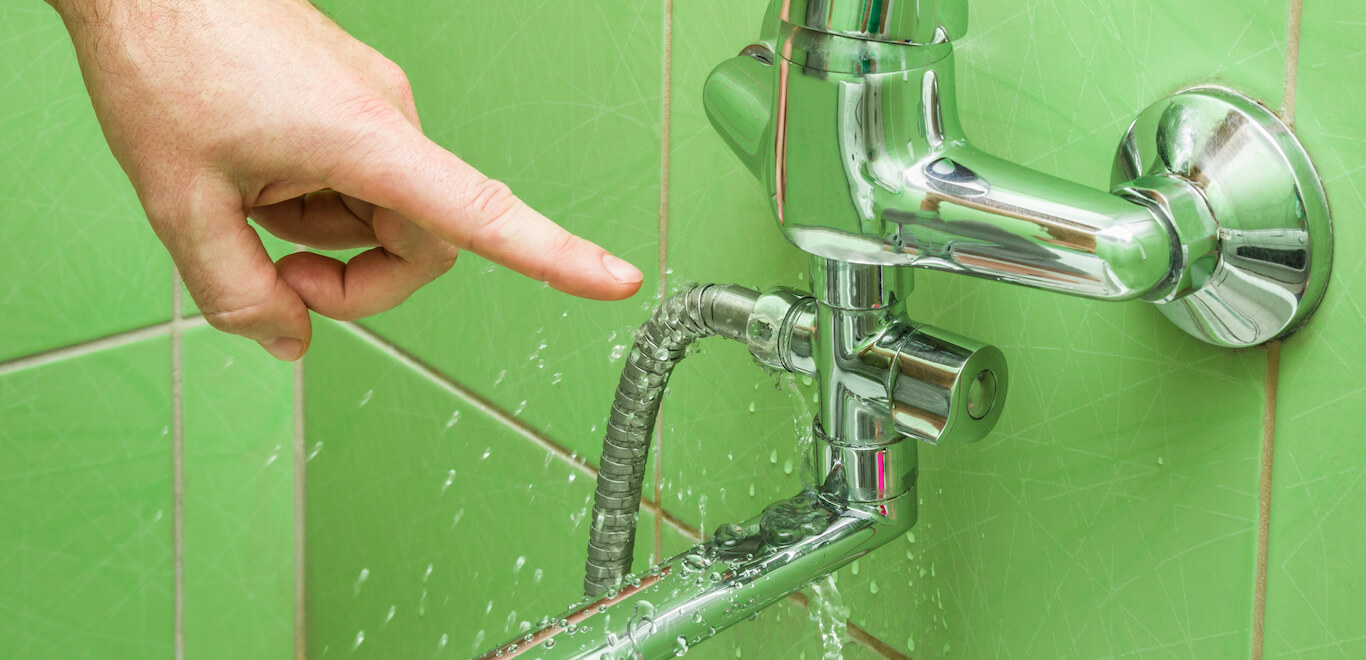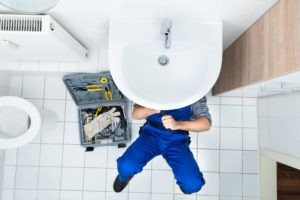Solving Plumbing Issues in Rental Properties: An Easy Guide
Solving Plumbing Issues in Rental Properties: An Easy Guide
Blog Article
On this page on the next paragraphs you can discover more superb information and facts relating to How can you handle tenant plumbing issues effectively.

Taking care of pipes concerns in rental residential properties effectively is vital for keeping occupant fulfillment and protecting the property's worth. Whether you're a landlord or a residential property supervisor, understanding just how to resolve these common issues can save you money and time while guaranteeing compliance with lawful obligations. Here's a detailed guide on exactly how to handle pipes problems in rental residential properties.
Document Everything
Keep comprehensive records of all reported plumbing concerns and the actions required to fix them. Documents needs to consist of dates, summaries of the issue, interaction with renters, and invoices from professionals or plumbings. This information can be essential for insurance claims, tax reductions, and legal security.
Usage Qualified Professionals
Constantly make use of qualified and insured experts for considerable pipes repairs and installments. This makes certain that the job is up to code and can help stay clear of responsibility issues in case of crashes or further damages. It additionally comforts tenants that repairs are being managed skillfully.
Establish Clear Communication
Motivate tenants to report any kind of plumbing concerns as quickly as they happen. Give multiple communication channels such as phone, e-mail, or a tenant website to make it very easy for them to connect. Prompt actions to these records can protect against small issues from rising right into significant problems.
Educate Tenants
Inform your lessees about what comprises a plumbing emergency and what does not. Give standards on just how to deal with small concerns themselves, such as making use of a plunger to unblock a commode. Additionally, notify them regarding what they should avoid putting down drains pipes to prevent obstructions, such as oil, coffee premises, and non-biodegradable items.
Normal Upkeep
Implement a routine maintenance routine for all plumbing systems in your leasing properties. Routine checks can help recognize and resolve problems like leakages, sluggish drains pipes, or corroded pipes prior to they become significant. Take into consideration employing a specialist plumbing technician to evaluate the residential properties each year or semi-annually.
Quick Response to Emergencies
Have a strategy in position for reacting to plumbing emergencies. This need to consist of having the contact information of reputable pipes services that offer 24/7 emergency fixings. Quick activity is important to decrease damage in situations like burst pipes or serious leaks.
Preventive Upgrades
Take into consideration upgrading older pipes systems and fixtures to much more modern, efficient versions. This can lower the regularity and seriousness of pipes concerns and reduced long-term upkeep expenses. It's additionally a selling point for possible tenants that value upgrades and modern-day attributes.
Tenant Move-Out Inspections
Conduct detailed plumbing checks during move-out evaluations to make sure that any kind of issues are identified and dealt with before a new tenant relocate. This protects against disagreements with brand-new lessees over pre-existing problems and makes sure the residential property remains in top condition.
Understand Legal Obligations
Know your lawful responsibilities regarding plumbing and basic residential or commercial property upkeep. Most territories call for proprietors to ensure their buildings are habitable which all plumbing systems remain in good working order. Failing to attend to major problems promptly can cause legal actions from tenants.
Lessee Compensations
If a pipes problem needs instant interest and the occupant deals with the issue by themselves, have a clear policy in position for reimbursing expenses. Make certain renters recognize they should obtain prior approval for higher-cost repair work unless it's an outright emergency situation.
Conclusion
Managing pipes problems in rental residential or commercial properties requires a proactive approach and excellent interaction with lessees. By staying on top of maintenance, responding quickly to emergencies, and using qualified professionals, property managers can maintain their properties in superb problem and preserve great connections with occupants.
How to Handle Water Damage in a Rental Property
What is Water Damage?
Water damage is harm or destruction caused by water entering areas where it is not supposed to be. It can be caused by a variety of sources and can manifest in different ways. The most common examples of water damage include:
Leaking roof Plumbing leaks Appliance malfunctions Poor drainage Flooding Sewage backup Condensation Tenant negligence HVAC system issues Frozen pipes Is water damage dangerous?
Water damage itself is not inherently dangerous, but it can lead to various hazards and health risks if not promptly and properly addressed. The severity of these risks depends on the extent of the water damage, the source of the water, and how quickly it is mitigated.
Some potential dangers associated with water damage include structural damage, mold and bacterial growth, electrical hazards, water contamination, and pest infestations. In situations where mold and mildew have gone unaddressed, mold can start to develop within 24-48 hours of water exposure, and this can impose a serious health risk to tenants. In particular, mold spores and damp conditions can lead to respiratory issues and even make existing health problems worse, such as allergies, asthma, or immune disorders.
Water Damage in an Apartment - Who is Responsible?
If the water damage is caused by the tenant’s negligence, the tenant is responsible for the cost of repairs. If the water damage is caused by a defect in the property, the landlord is responsible for the cost of repairs. If the water damage is a result of natural causes, such as excessive rain, then the landlord is responsible, since the water intrusion likely occurred due to a defect in the property. Landlord Responsibility water damage in rental property
Since maintaining habitability is the landlord’s legal responsibility, landlords are responsible for any resulting structural damage caused by water damage. These structural damages may include damage to walls, roofs, ceilings, and flooring. If water damage has affected the rental property’s original structure, the landlord is responsible for repairing or replacing those materials. Therefore, landlords should have property insurance that covers the structural components of their rental property so that they can receive help with the costs of covered events.
Preventative measures can also help landlords avoid massive renovations. Preventative maintenance may include conducting regular inspections to identify and address potential water damage before it becomes a major and urgent problem.
If a landlord fails to meet their responsibilities regarding water damage, it can lead to legal disputes and potential liability. Tenants who believe their landlord is not addressing water damage issues in accordance with California law can seek legal advice or contact local housing authorities for assistance.
https://www.goodlifemgmt.com/blog/water-damage-in-a-rental-property/

We had been introduced to that write-up about Who is responsible for plumbing maintenance from a pal on our other site. If you please take the opportunity to promote this post if you liked it. We thank you for your readership.
Report this page